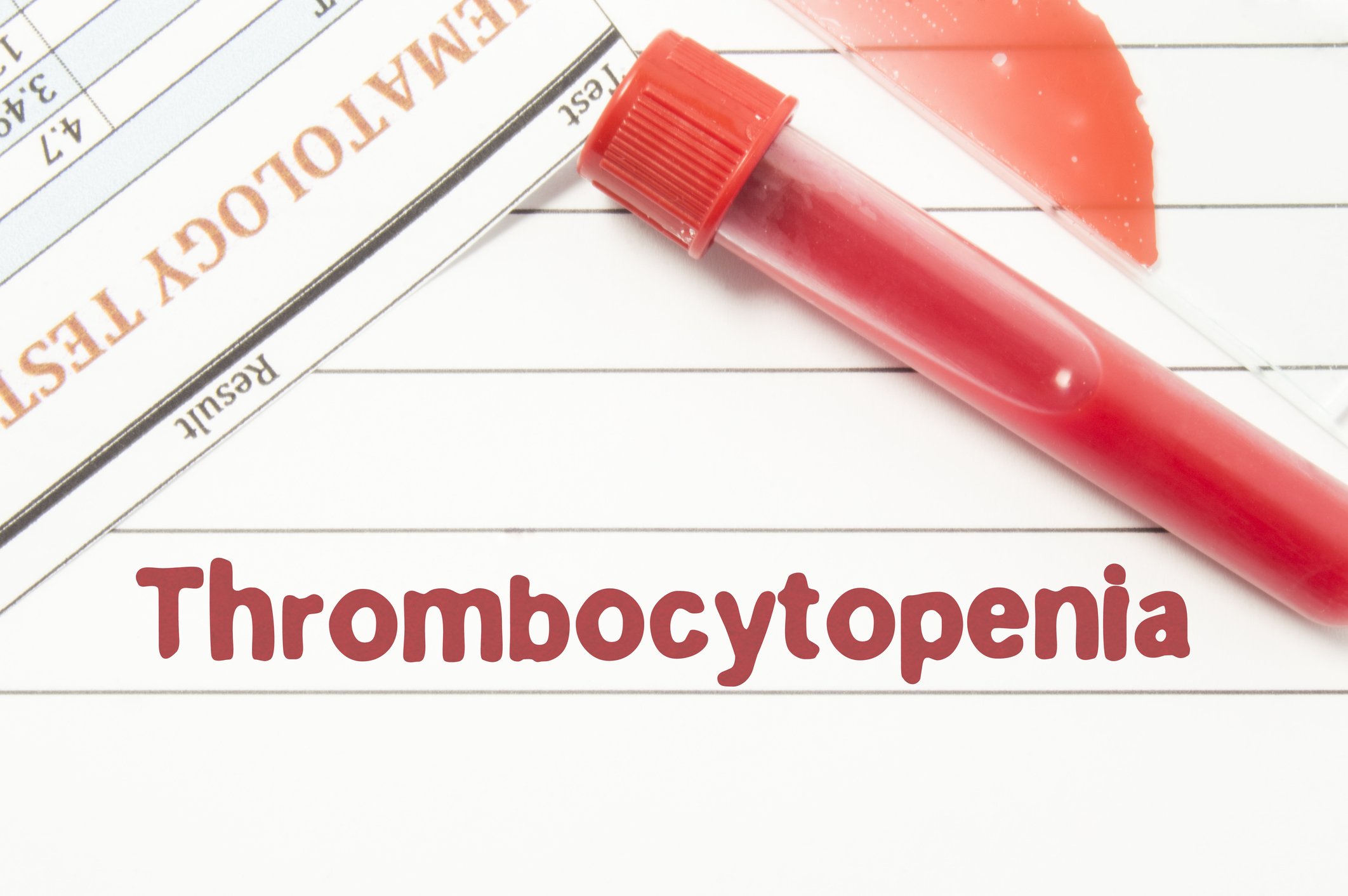
HIT: Heparin-Induced Thrombocytopenia
Thrombocytopenia is a serious condition in which patients have a low platelet count. This can occur due to certain disease processes such as alterations in the immune system or leukemia. However, not all thrombocytopenia is due to such system alterations. This is the case with Heparin-induced thrombocytopenia or HIT.
When providing care for a patient receiving heparin, chances are you have not been concerned about the potential for blood clot development. It only seems logical that heparin therapy would prevent the possibility of coagulation problems, especially when the patient is closely monitored by healthcare professionals. However, in a small percentage of cases, patients do develop clots in response to heparin treatment.
- 12 million individuals or 1/3 of all hospitalized patients are exposed to heparin annually. Of these patients, 0.2% to 5% of these patients will develop a very serious condition called heparin-induced thrombocytopenia (HIT).
20% of patients with HIT will die - 10% of patients with HIT will suffer major morbidity such as amputation
- Rates of mortality and morbidity have decreased from 20% to 6-10% with improvements in early diagnosis and treatment (Eke, 2018)
Heparin-induced thrombocytopenia (HIT) is a potentially lethal, immunologically-induced complication to unfractionated heparin therapy and to a smaller degree, low molecular weight heparin (Salter, 2016).
The body’s normal response to heparin is to keep platelets from clumping together; however, HIT occurs when the body’s immune system identifies heparin as a foreign body and develops antibodies that bind to heparin. This binding action activates platelet production promoting a hyper-thrombotic state. Under these conditions, the platelets clump, reducing the number available in the circulation and become clots which may wedge in veins and arteries.
HIT Can Manifest as a Complication of Heparin Therapy in Two Ways.
HIT Type I (Non-immune HIT):
- Occurs: within the first two days of heparin exposure
- Platelet count normalizes with continued heparin therapy
HIT Type II (Immune-mediated HIT):
- Occurs: 4-10 days of heparin treatment
- Life & Limb threatening thrombotic complication
(Coutre & Crowther, 2018; Eke, 2018; & Salter, 2016)
Hit is Different from Other Types of Thrombocytopenias in Two Distinct Ways:
- Bleeding is NOT a sign
- Venous and arterial thrombosis occur, often as a first sign; before the platelet count decreases
It is important as a healthcare worker to recognize the signs of HIT as treatment should begin before the laboratory confirms the diagnosis. All heparin products should be stopped when you suspect HIT, this includes any heparin flushes that may be used to keep peripheral or central venous lines open.
Understanding and identifying the symptoms of HIT are essential to ensure the best outcome for patients. To learn more about HIT risk factors, and short and long-term treatment review the RN.com course Heparin-Induced Thrombocytopenia.
References
Coutre, S. & Crowther, M. (2018). Management of heparin-induced thrombocytopenia.
Eke, S. (2018). Heparin-induced thrombocytopenia
Sisson, M. (2012) The Relationship Between Exercise and Inflammation.
Salter, B.S., Weiner, M.W., Trin, M.A., Heller, J., Evans, A.S., Adams, D.H., & Fischer, G.W. (2016). Heparin-induced thrombocytopenia: A comprehensive clinical review.




